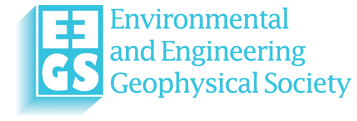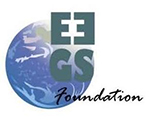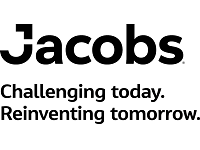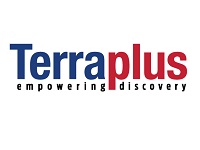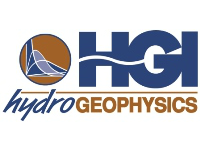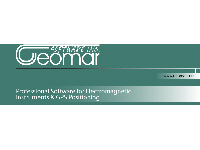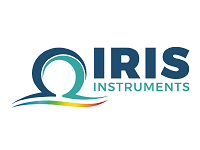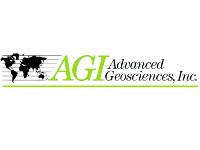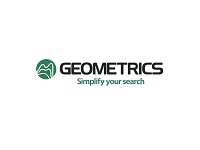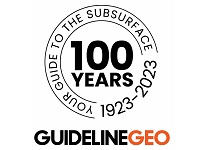- Home
- About Us
- GAINS
- News/TAG Webinars
- Membership
- Annual Meeting/SAGEEP
- SAGEEP 2026
- SAGEEP 2025
- SAGEEP 2025-Munitions Response Meeting Abstracts/Sessions
- SAGEEP 2025-MRM Exhibiting/Sponsorship Opportunities
- SAGEEP 2025-MRM Accommodations
- SAGEEP 2025-MRM Registration Information
- SAGEEP 2025-MRM Program
- SAGEEP 2025-Munitions Response Meeting Short Courses
- SAGEEP 2025/MRM Luncheons/Conference Events/Activities
- SAGEEP 2024
- SAGEEP 2023
- SAGEEP 2022
- SAGEEP 2021
- SAGEEP 2020 Exhibiting/Sponsorship
- SAGEEP-2019
- SAGEEP 2019 Exhibiting/Sponsorship
- SAGEEP 2018
- SAGEEP 2017
- SAGEEP 2016
- SAGEEP 2015
- Proceedings SAGEEP 2024
- Proceedings SAGEEP 2023
- Proceedings SAGEEP 2022
- Proceedings SAGEEP 2018
- Proceedings SAGEEP 2025
- Publications & Merchandise
EEGS FOUNDATIONThe EEGS Foundation was organized in 2008 to support the growth and awareness of near surface geophysics in North America and throughout the world. Two special funds have been organized for individual members, and one for corporate sponsors to kick off the Foundation. Contributions can also be made for specific applications of projects. The EEGS Foundation has applied to the Internal Revenue Service for 5013C tax-free status, and is awaiting confirmation, for the benefit of our U.S. membership. Contact a Foundation Board member for details (see www.eegsfoundation.org). Suggested Donation Amounts: 2025-2026 EEGS Foundation Student ScholarshipsThe EEGS Foundation is pleased to offer a scholarship to students interested in pursuing a career in near-surface geophysics to help meet the challenges of the future. The application can be downloaded from the EEGS Foundation website at https://www.eegsfoundation.org/student-scholarships . Applications are due by midnight Pacific time on April 30, 2025. General Information • The EEGS Foundation plans to award three $1500 scholarships to deserving undergraduate and/or graduate students. The EEGS Foundation
reserves the right to modify the number of scholarships or the amount of each scholarship. • The scholarship(s) are intended to be used during the 2025-2026 academic year, and eligibility for undergraduate or graduate scholarships will be based on the student’s anticipated status during the award period.
• In addition to monetary compensation, the awardee(s) selected to receive a scholarship:
o will have their essays and biographies published in Fast Times and
o will receive one free student registration to the 2026 SAGEEP conference and be recognized at the conference. Eligibility
To be eligible for the EEGS Foundation Student Scholarship:
• Applicants must be currently enrolled in and attending an undergraduate or graduate program at an accredited university or college. • Applicants must be studying geophysics, engineering, geology, physics, or another field in which they study geophysical methods and applications. • Applicants must be a Student Member or Member of EEGS. • Applicants must complete and submit the application form and attachments in Adobe PDF format to [email protected] and received by midnight Pacific time on April 30, 2025. • EEGS Foundation Board of Directors, EEGS Board of Directors, the EEGS Foundation Scholarship Selection Committee, and family members of these individuals are not eligible to receive scholarships.
|
